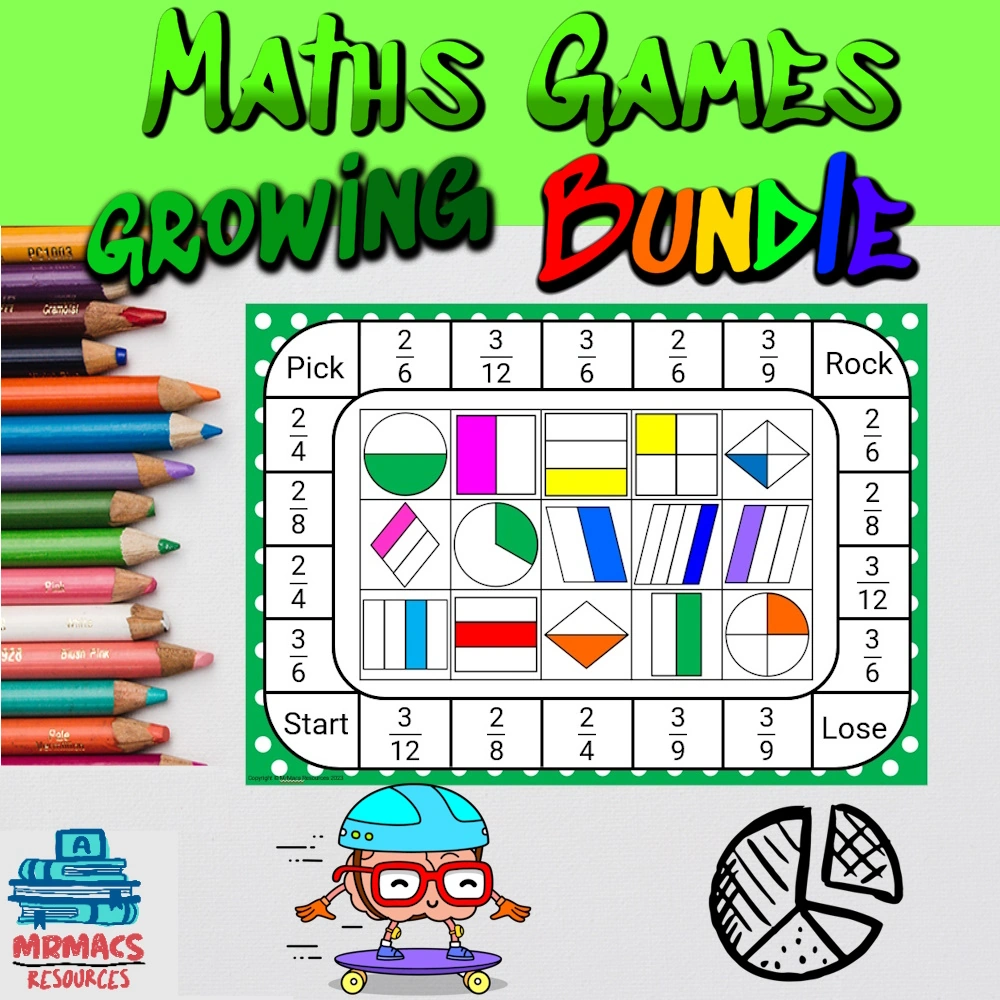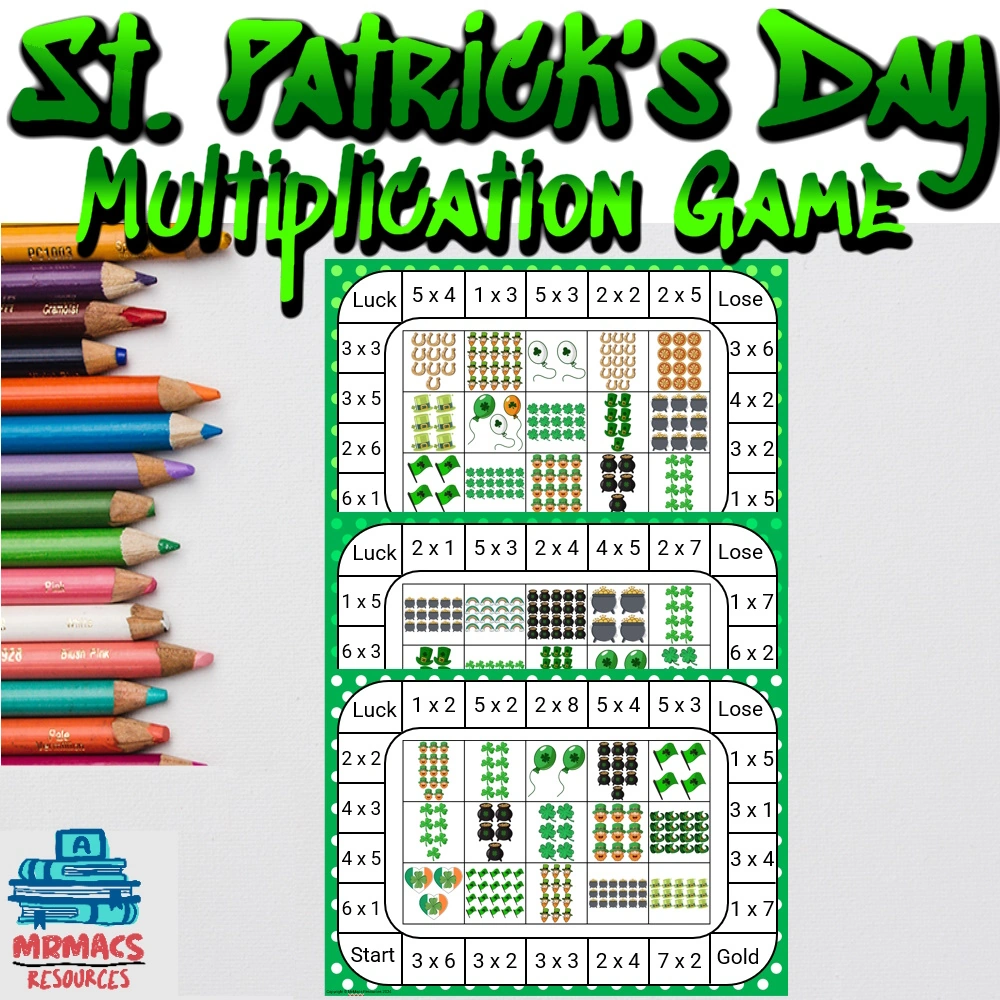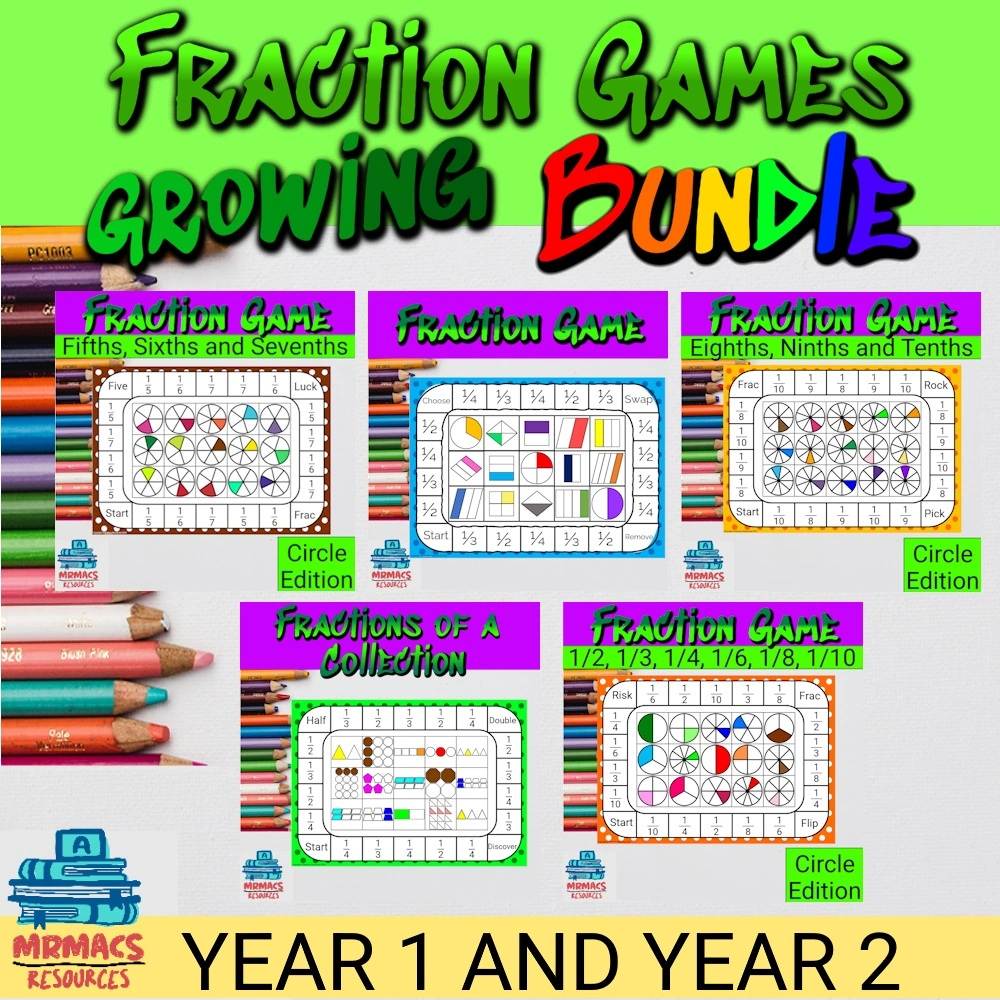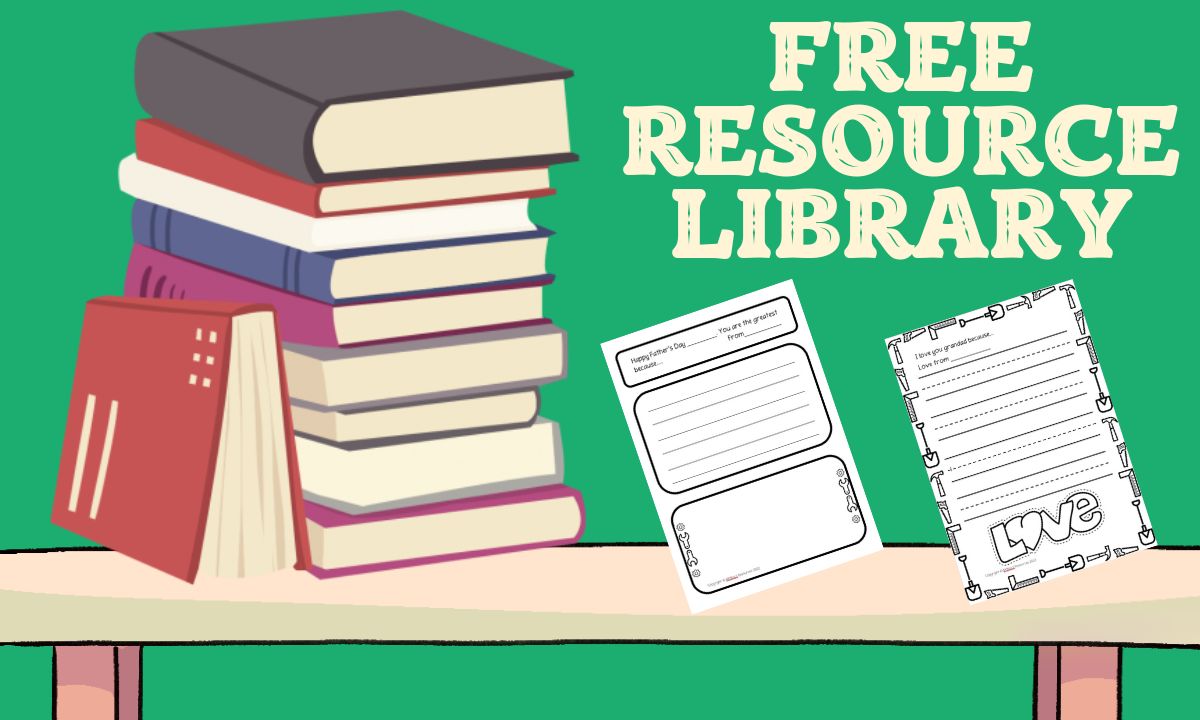
Are you looking to create top-notch teaching resources and earn extra income? Teachers Pay Teachers (TPT) offers a fantastic opportunity to do just that. This online marketplace lets you share your expertise with educators worldwide while boosting your bank account. By following a few key tips, you can craft high-quality resources that stand out and sell well on TPT.
Creating successful TPT products takes some planning and effort, but it’s well worth it. You’ll need to research what’s in demand, design eye-catching materials, and ensure your resources are useful and easy to use. Plus, you’ll want to price your items competitively and market them effectively. With the right approach, you can build a thriving TPT business and help fellow teachers at the same time.
Ready to dive in? Let’s explore some top strategies for developing winning educational resources that teachers will love to buy and use in their classrooms. These tips will help you kickstart your TPT journey and set you up for success as a seller of amazing teaching materials.
Understanding the Market

Getting to know the Teachers Pay Teachers market is key for success. Knowing what teachers want and need helps you create resources they’ll love and buy.
Identifying Your Niche
Firstly, find your sweet spot on TPT. Think about what you’re good at and what you enjoy teaching. Maybe you’re great at maths for Year 3 or love making English worksheets for high schoolers. Look at what’s already on TPT and spot gaps you could fill.
Try different things to see what clicks. Make a few resources in different areas and see which ones do well. Keep an eye on your sales and ratings to figure out what teachers like best from you. Then focus on one area and create teaching resources that are similar to your best sellers.
Analysing Trends and Demand
Stay up-to-date with what’s hot in teaching. Follow education blogs, join teacher groups on social media, and chat with other teachers. This helps you spot new trends and needs.
Check out the Top TPT Searches often. See what types of resources are popular and why. Look at seasonal trends too. Teachers might need different things at the start of the school year compared to end-of-term.
What’s more, use TPT’s search feature to see what teachers are looking for. The autocomplete suggestions can give you ideas for new resources to create. Alternatively, you can use my SEO tool which makes this easy. Check out my blog post about it.
Teaching Resources - Know Your Target Audience
Think about the teachers who’ll use your resources. Are they primary or secondary teachers? What subjects do they teach? What challenges do they face in class? Top tip if you work at a school ask your colleagues.
Next, ask for feedback from teachers who buy your stuff. Use this info to make your resources even better. You could even send out surveys to learn more about what teachers want. If you do make sure to give them a chance to win a prize. For example, a TPT gift card to one lucky winner who complete the survey!
Remember, different teachers have different needs. A new teacher might want ready-to-use lesson plans, while a veteran teacher might prefer customisable resources. Try to cater to various needs in your niche.
Creating High-Quality Teaching Resources
Making high quality teaching resources is key to success on TPT. Focus on crafting engaging content, using the right tools, and providing comprehensive resources that teachers will love.
Designing Engaging Content for Your Teaching Resources
Start by brainstorming ideas that will grab students’ attention. Think about what worked well in your own classroom. Use bright colours and fun graphics to make your resources pop.
Break information into bite-sized chunks. This helps students digest the content more easily. What’s more, add interactive elements like matching activities or fill-in-the-blanks to boost engagement.
Don’t forget to cater to different learning styles. Include visual aids, hands-on tasks, and audio components where possible. This way, you’ll reach more students and make your resources more versatile.
Utilising the Right Tools When You Create Your Teaching Resources
The right tools can make creating resources a breeze. Canva is great for designing eye-catching worksheets and posters. Its drag-and-drop interface is user-friendly, even if you’re not a design whiz.
Alternatively, you can try PowerPoint. It’s not just for presentations – you can make task cards and interactive digital resources too. Adobe Acrobat Pro is handy for creating fillable PDFs.
Also, don’t shy away from clip art and stock images. They can add flair to your resources. Just make sure you have the right licenses to use them in your products.
Providing Comprehensive Material
Teachers love resources that are ready to use straight away. Include detailed lesson plans with your materials. Outline learning objectives, step-by-step instructions, and assessment ideas.
To add, create a mix of printables and digital resources. This gives teachers more options for different classroom setups. Think worksheets, task cards, and interactive digital activities such as maths games.
Add value by including answer keys and rubrics. This saves teachers time and ensures your resources are complete. Additionally, consider bundling related materials together to create ‘bundles’ to earn extra money.
Optimising Your Teaching Resources Listings
Making your teaching product listings shine on Teachers Pay Teachers can boost your sales. A great listing grabs buyers’ attention and shows off your resource’s value. Let’s look at key ways to improve your listings.
Crafting Effective Product Titles and Descriptions
Your product title is the first thing buyers see. Make it clear and catchy. Use keywords that teachers might search for. For example, “Year 5 Maths Fractions Worksheet Bundle” is better than “Fun Maths Activities”.
In your description, list the main features of your resource. Use bullet points to make it easy to read. Tell buyers what’s included and how it will help them. For instance:
- 20 printable worksheets
- Answer keys included
- Suitable for mixed ability classes
Finally, mention any special features, like editable files or digital versions. This helps buyers know exactly what they’re getting.
Improving Visual Appeal
Your product cover is like a book cover – it needs to look good. Use bright colours and clear fonts. Make sure your text is easy to read even as a small thumbnail.
Include sample pages in your listing. This gives buyers a peek at your work. Choose pages that show the best parts of your resource.
Also, consider making a video preview (I would always do this). This can really help sell your product. The video should, show how to use the resource or highlight key features.
Setting Appropriate Terms of Use
Clear terms of use protect you and your buyers. State if your resource is for personal or commercial use. Explain if buyers can edit or share the files.
Next, be clear about what buyers can and can’t do. For example:
✓ Use in your own classroom
✓ Make copies for your students
✗ Share or resell the resource
Moreover, make your terms easy to understand. Avoid legal jargon. Remember, user-friendly terms make buyers more likely to purchase.
Conclusion
In conclusion, creating successful teaching resources on TPT requires a blend of creativity, clarity, and strategic planning.
By focusing on high-quality content, clear organisation, and ensuring that resources are engaging, you can enhance their chances of standing out on the TPT platform.
Additionally, optimising your teaching product listings with strong and well-thought-out descriptions and visuals can further improve sales and visibility.
By consistently refining these strategies, you can build a loyal following and contribute meaningfully to the TPT community.
What do you think of these tips—do you have any strategies that have worked for you in creating successful teaching resources on TPT?
About The Author

Hi! My name is Mr Mac. I am a K – 6 teacher. I love to create resources for teachers to make their teaching lives easier.



